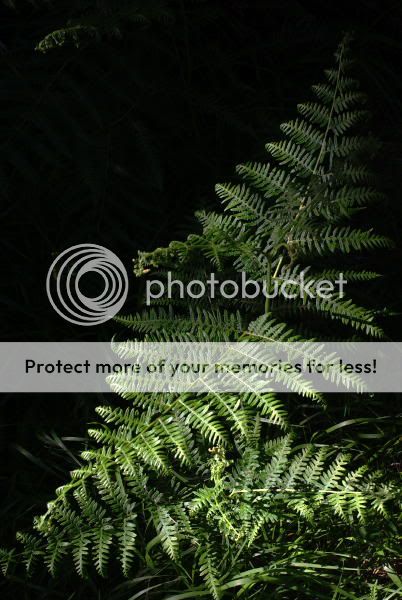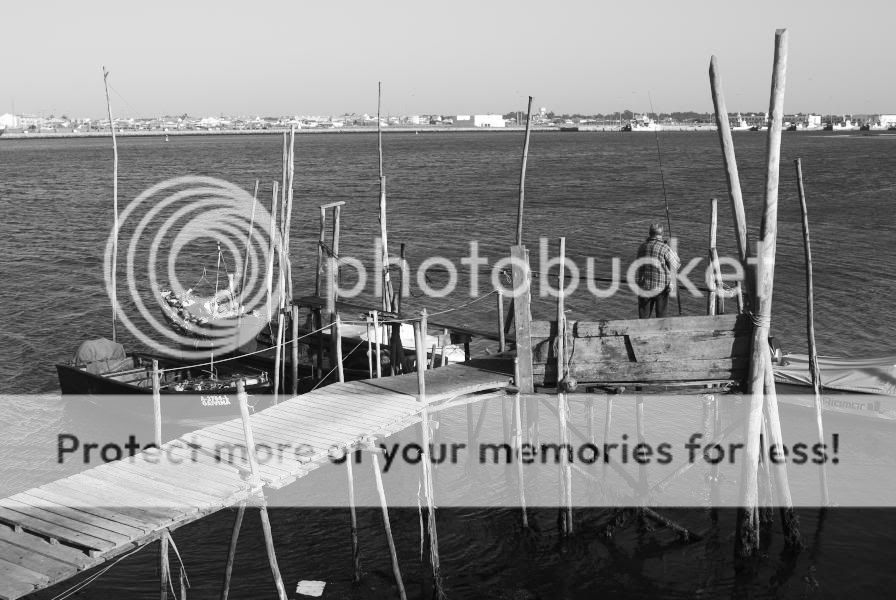Lets make a test. Please look at this photo for a few seconds and then answer the question below.
What was your first thought when you looked at this photo?
Select your answer from the list:
A) Nice flower, I wonder how it's called.
B) Hey, there is a little bug inside the flower!
C) Oh no, another flower shot! I wonder why I keep reading this blog...
D) Hmmm... that's not a very good bokeh... I wonder what lens he used.
If you answered A, B or C, your heart is pure and you should stop reading this post now.
If you answered D, then you've been in contact with the concept of "bokeh" and you've been contaminated. There is no known cure and you'll never be able to look at a photo without paying far too much attention to the out of focus areas.
The photo above was taken with the Zeiss Planar 50mm f/1.4 (C/Y mount version), a lens that is known for producing a barely acceptable (leaning more towards "bad") bokeh. This means that when shooting with large diaphragm apertures (shallow depth of field) the out of focus parts of the image are not as homogeneously and softly blurred as they would be with a lens capable of a "creamy" bokeh. The image above is not actually such a bad example. For a particular lens, the look of the bokeh depends, in addition to the aperture used, on factors like the distance, complexity and contrast of the background. And, contrary to what many believe, the evaluation of bokeh cannot be simply reduced to the way how shiny points of light are rendered. Look at the next image, taken with the same lens:

Awful, isn't it? Something out of a sickening nightmare! The background is full of unpleasant dark lines and spots that distract the viewer from the photo's main subject. Wouldn't the image look so much better if it were taken with a Leica Summicron-M 50mm f/2.0 or the new Pentax DA* 55mm f/1.4? Well, not really... This photo is bad not only because of bokeh. It's a lame composition and the low depth of field is not even appropriate. That diagonal straw (which I forgot to remove before the shot) does not help either. The reason why the bokeh is so obviously bad in this image is that everything else fails in attracting the viewer's interest. A bad bokeh is not usually that distracting in an otherwise good photo. On the other hand, a boring photo with a magnificent bokeh is interesting only to those who suffer from the aforementioned condition (myself included)...
Except for specific situations (some portraits or close-ups come to mind), where the out of focus areas intentionally represent a large and evident portion of the composition, I believe that many cases of discomfort with a lens bokeh would be cured if the photographer's eye could be "deprogrammed" to look at an image without being conditioned by the concept of "bokeh". In the same note, I find that the "obsession" of many with fast lenses (f-numbers below 2.8), for getting highly blurred backgrounds and "creamier" bokehs in portrait photography, is usually excessive. The results obtained using f/2.8 (or even higher), an interesting model and some creativity are often perfectly good. After all, most viewers of our photos are not contaminated with bokeh disease and can actually appreciate an image even when the bokeh isn't at its creamiest condition.
Generalizations are dangerous and the evaluation of the quality and importance of bokeh in a particular image is, of course, a subjective matter. This article by Mike Johnston at The Luminous Landscape website effectively shows how, in certain cases, the look of the out of focus areas can be relevant
to the viewer's perception of an image.
By the way, for an example of a very nice bokeh, take a look at this previous post.
PS: [June 2009] On the "obsession" with using very large apertures for getting low depth of field in portraits and on how "fast" does a lens have to be nowadays, Mike Johnston has recently posted a very interesting (and polemical)
article. I quote: "
O, if I could but count the number of out-of-focus dog's noses I've seen because the earnest but hapless photographer was trying to blur the background..."

















